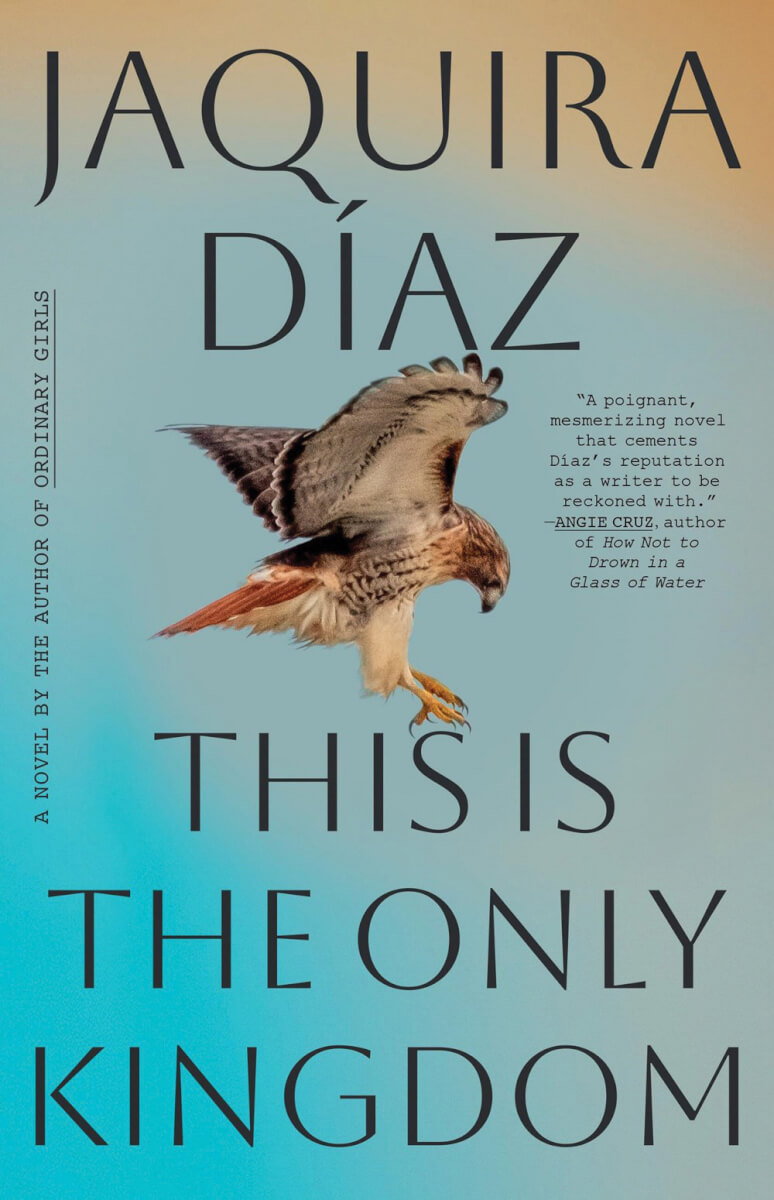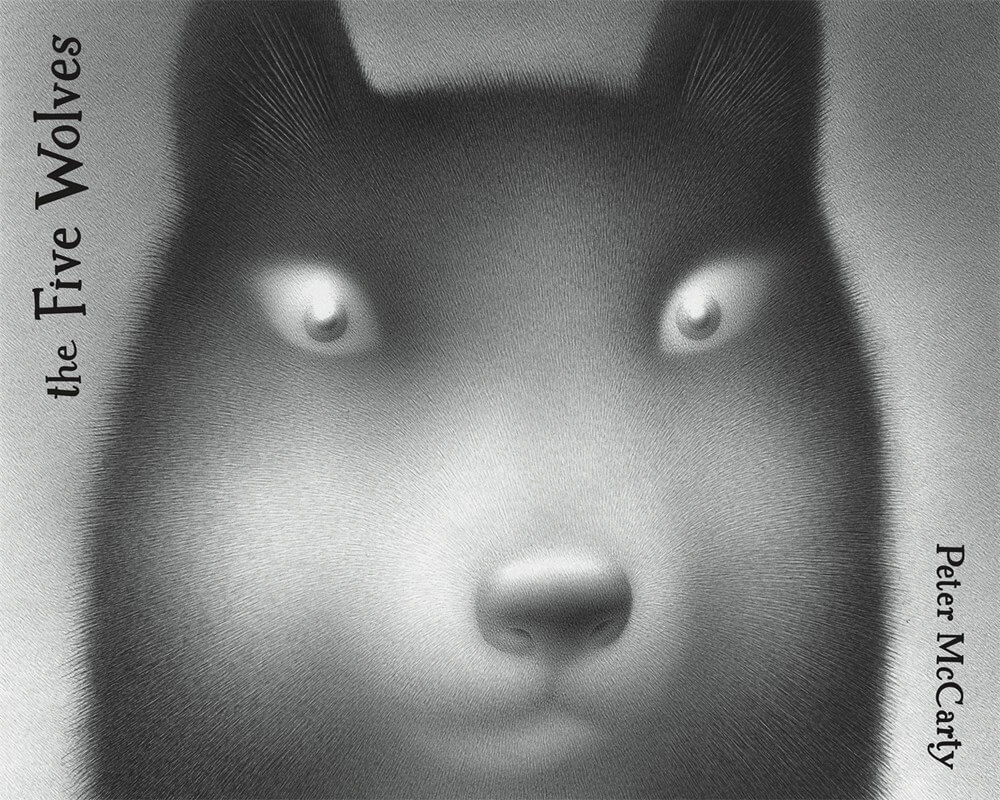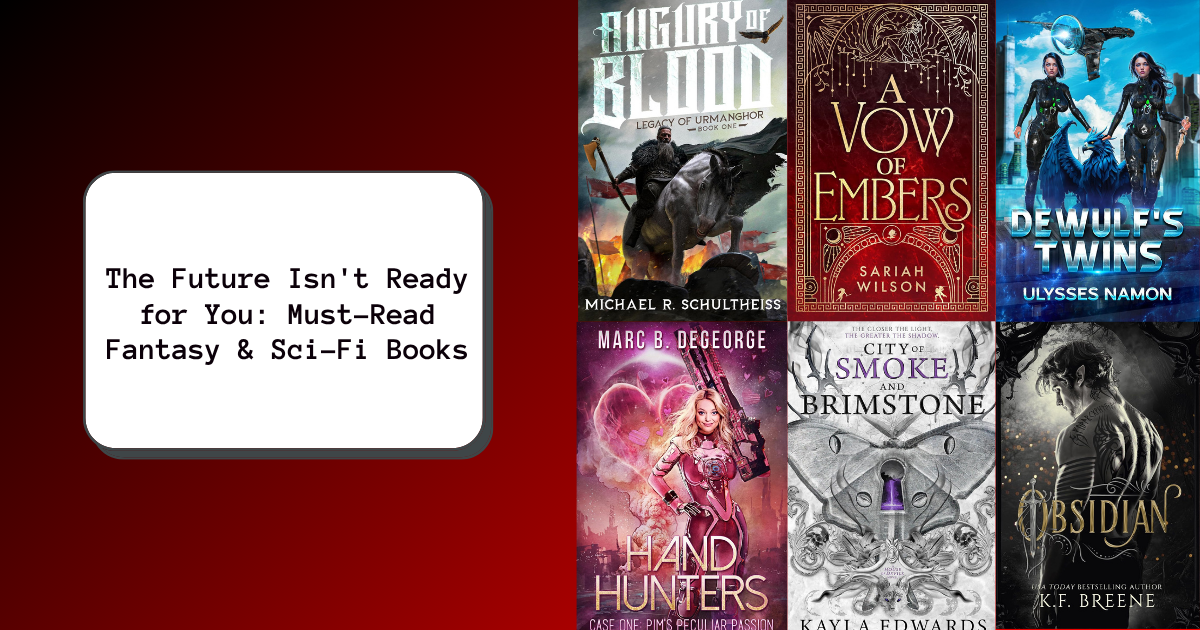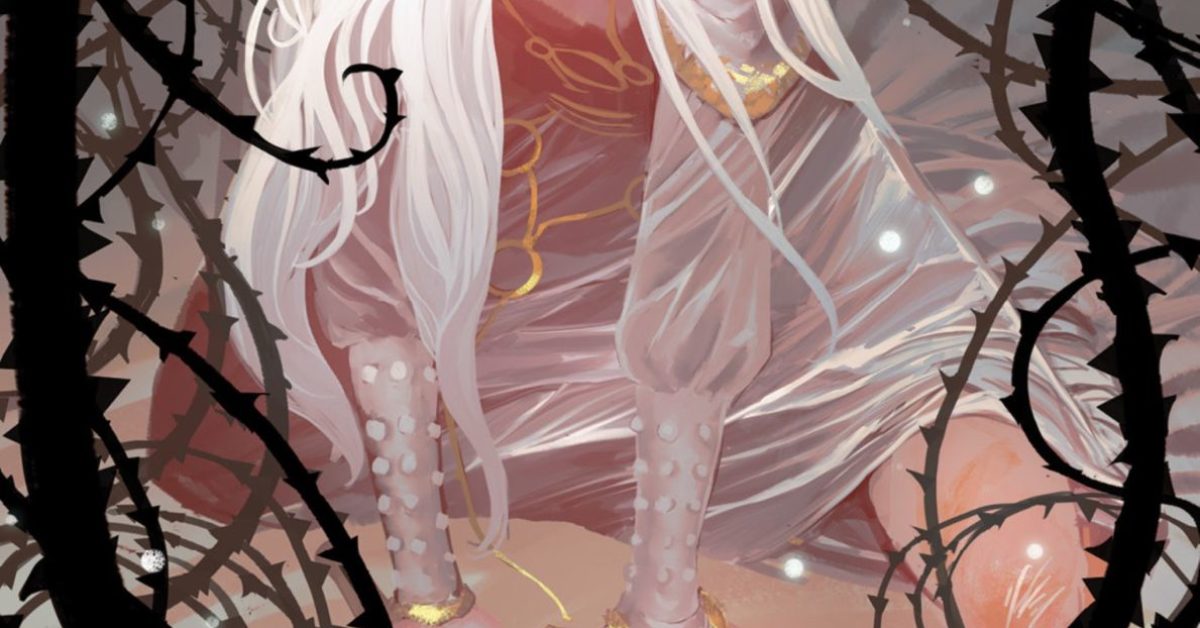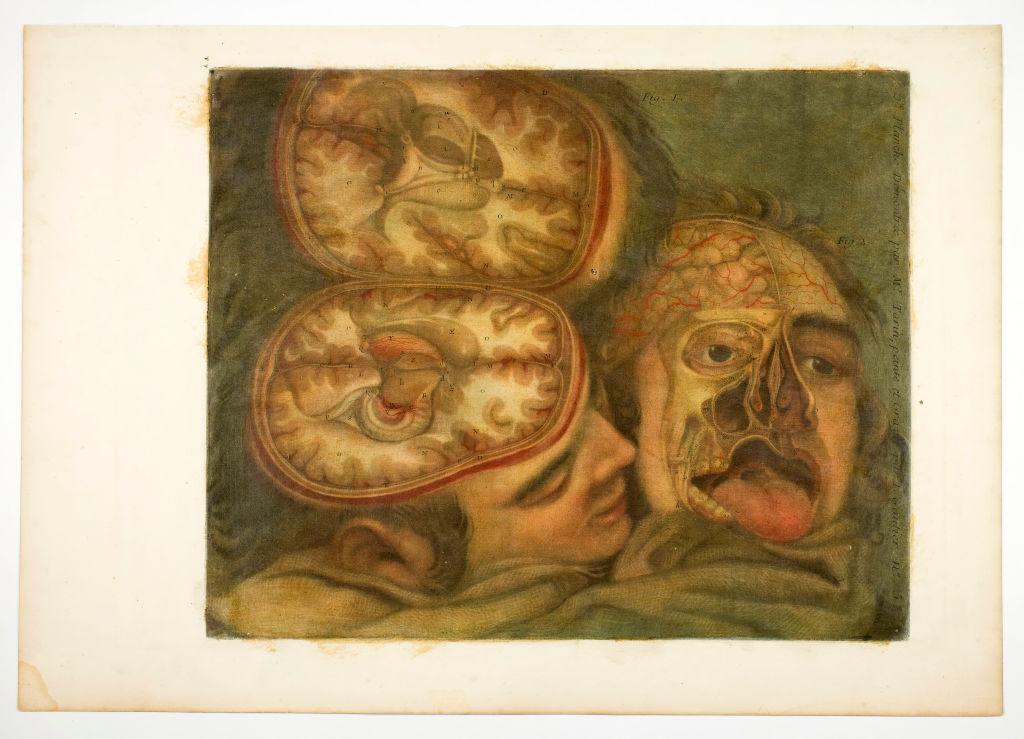The Book of Sea Monsters: Leviathans of Literature takes its incredibly specific subject matter—literary sea monsters—and spins it into an anthology that includes art, history and generous excerpts from a variety of fantastical stories. Beginning with the Enuma Elis creation myth of Babylon from the 9th century B.C.E. and extending through Sir Arthur Conan Doyle’s 1929 novel, The Maracot Deep, the book is both historical and wide-ranging in scope. Author Prema Arasu explains that the proliferation of sea monsters in literature is due to their capacity to embody multiple phenomena. “The sea monsters of stories transmitted from generation to generation,” she writes in the book’s introduction, “are analogues for dangerous weather events, foreign invaders, enemy nations, physical phenomena and real animals.” Each section unfolds in a similar pattern: It opens with a spread that includes a full-color artwork of that chapter’s monster, followed by a brief biography of the writer that contextualizes the work and passages from the works themselves. The book doesn’t shy away from viewing historical figures through a tempered, contemporary lens, as in its treatment of noted white supremacist H.P. Lovecraft: “This nihilistic world view was linked to Lovecraft’s xenophobia and fear that immigration would lead to the decline of his ‘white, New England America,’ a recurring theme in many of his stories.” The book includes examples of sea monsters from literary greats like Jules Verne, H.G. Wells, Edgar Allan Poe and, of course, Herman Melville. But there may be some surprises among the many classic works, such as 19th-century American writer Celia Thaxter, whose poem “Leviathan” is included in its entirety. All readers will find something to love in The Book of Sea Monsters, but especially those with an interest in biology and how the natural environment influences literary trends.


